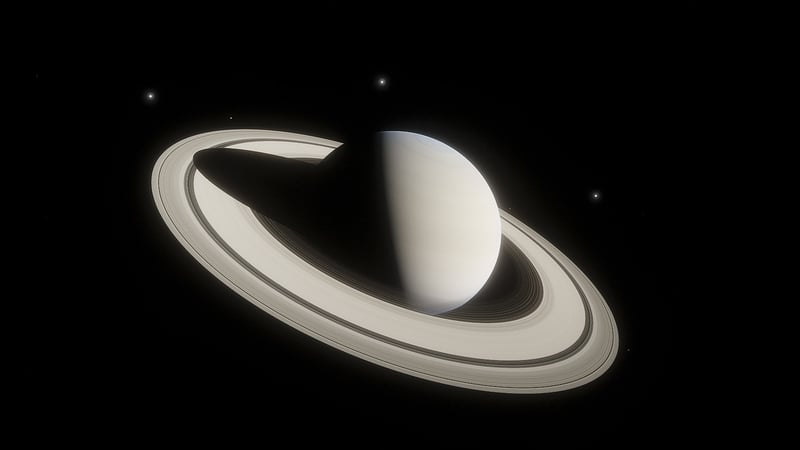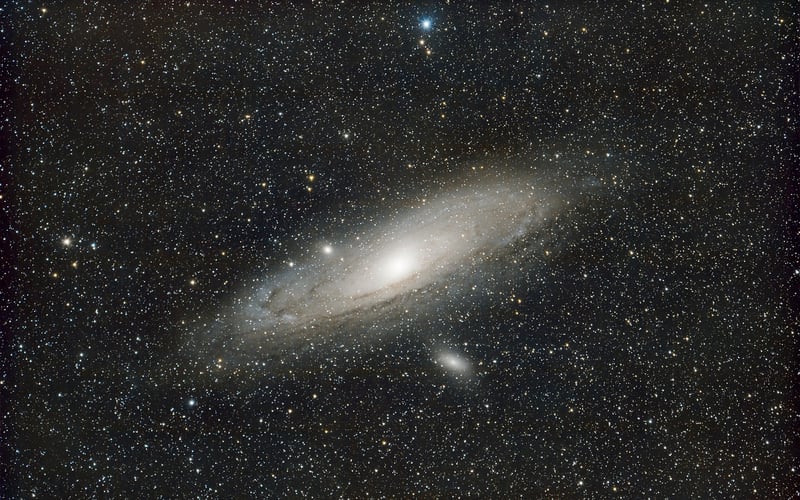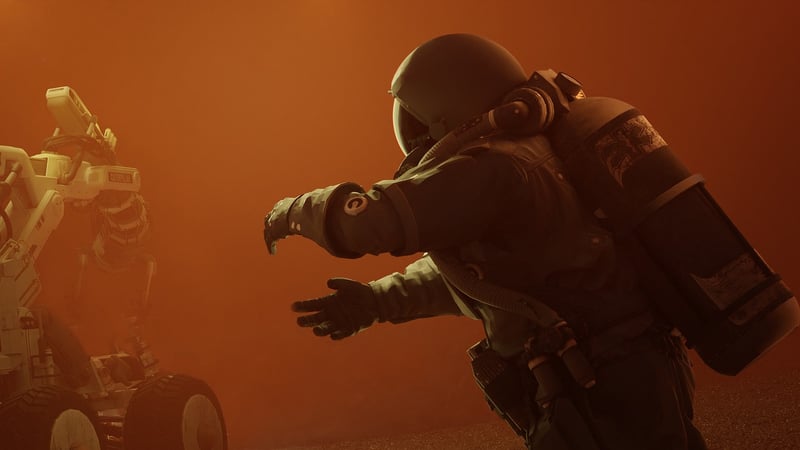Robotic exploration missions
Innovations in Space Exploration and Robotic Missions
Space exploration has always been at the forefront of human curiosity and technological advancements. Over the years, numerous innovations have revolutionized our understanding of the cosmos and pushed the boundaries of what is possible. One significant aspect of space exploration is robotic missions, where unmanned spacecraft are sent to explore distant planets, moons, and asteroids. Let's delve into some of the remarkable innovations in space exploration and robotic missions:
1. Mars Rovers: Exploring the Red Planet
One of the most iconic robotic missions in space exploration is the Mars Rover program by NASA. Rovers like Spirit, Opportunity, and Curiosity have traversed the Martian surface, conducting experiments, capturing breathtaking images, and providing valuable data about the planet's geology and atmosphere. These rovers have showcased the power of robotic exploration in uncovering the mysteries of our neighboring planet.

2. Robotic Probes: Venturing into the Unknown
Robotic probes have been instrumental in exploring distant celestial bodies beyond Mars. Missions like Voyager, Cassini-Huygens, and New Horizons have provided us with unprecedented insights into the outer planets of our solar system, their moons, and even ventured into the mysterious realms of the Kuiper Belt. These probes have expanded our understanding of the vastness and complexity of our cosmic neighborhood.

3. Space Telescopes: Peering into the Depths of the Universe
While robotic missions have explored our solar system, space telescopes like the Hubble Space Telescope and the James Webb Space Telescope have gazed far beyond, capturing stunning images of distant galaxies, nebulae, and stars. These telescopes orbiting Earth have revolutionized our understanding of the cosmos and continue to unravel the mysteries of the universe.

Space exploration and robotic missions have opened new frontiers in our quest to understand the universe. With ongoing advancements in technology and a growing interest in exploring Mars, asteroids, and even exoplanets, the future of space exploration looks promising. Stay tuned for more exciting discoveries beyond our planet!
References: NASA, European Space Agency - Hubble Space Telescope
